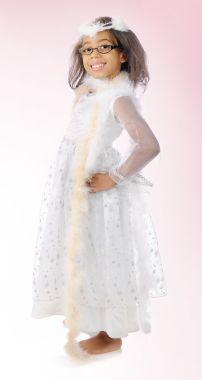A Princess Story – Printable activity sheet Lesson Plan

This printable activity sheet introduces basic media literacy skills and concepts and is suitable for use in homes, schools and libraries. It can be completed independently, but children will learn more if you discuss the activity with them. Younger children may need help reading the instructions and completing the activity.
This activity is followed by a list of other MediaSmarts resources that can be used to extend the learning.
This activity helps kids recognize and ask questions about gender stereotypes. Working with a friend or family member, kids fill in the blanks of a princess story. Reading the story they wrote together highlights how stereotypes narrow our idea of what people can be and do.
Supporting resources
Tipsheet: Talking to Kids About Gender Stereotypes
Images of men and women in the media are often based on stereotypical roles of males and females in our society. Because stereotyping can affect how children feel about themselves and how they relate to others, it's important that they learn to recognize and understand gender stereotypes in different media.
Video: You Do You!
Girls don't always have to be pink princesses and boys, blue superheroes even though that's often what we see in the media. We're all different and unique, and we can avoid stereotypes by just being ourselves. You do you
Lessons:
Students are introduced to stereotypes by brainstorming the characteristics that are associated with stock characters from fairy tales and Disney films.
Students look at how male and female characters are depicted in comic books.
Students explore gender stereotypes and representation and compare these representations to their own life experiences.
Students illustrate what they dislike about portrayals of girls or boys and then create their own TV character who will counter the illustrated negative portrayals.
